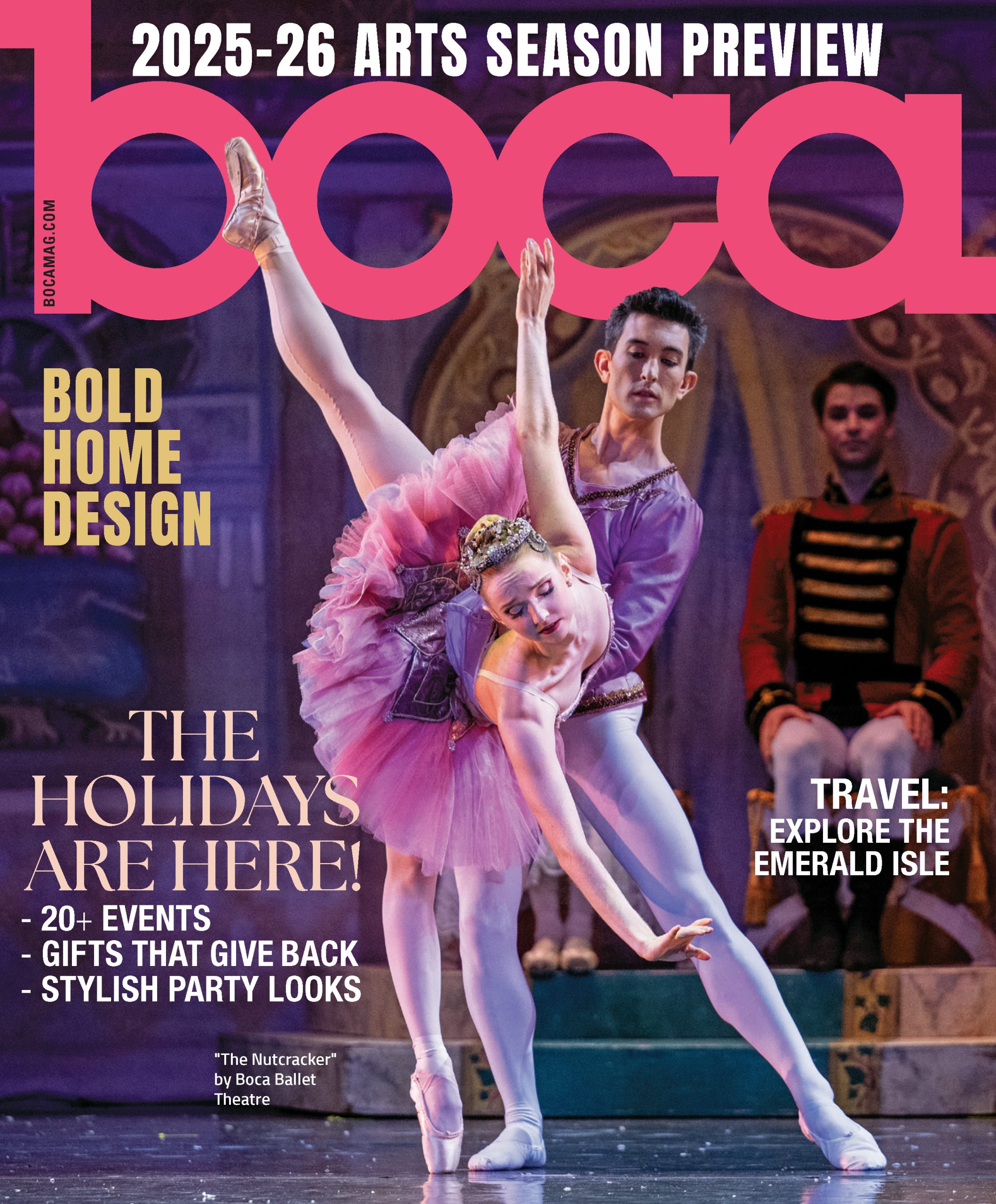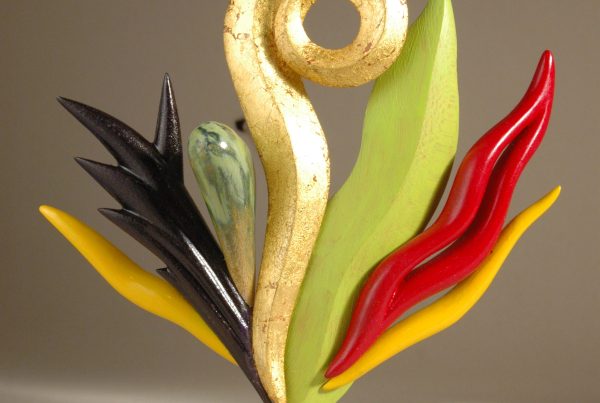“Three years into the war, Mother died. Four years into the war, I left Tokyo with Father.”
This voice-over narration is not the first line of Hayao Miyazaki’s script for “The Boy and the Heron” (now playing in most area theaters), but it’s close enough. The economy of language mirrors Hemingway, and it won’t be the only time this coming-of-age fantasy looks backward, into the history of popular literature and culture. Exuding the hand-drawn charm and vivid imagination that has cemented the director as the internationally revered darling of anime, “The Boy and the Heron” contains echoes of “Alice in Wonderland,” “Pan’s Labyrinth” and “The Wizard of Oz,” complete with its own man behind the curtain.
Miyazaki’s comeback feature and his first film in 10 years is a wild ride, its cult status all but defined by its very opacity. His narrative, more freewheeling than ever, almost seems constructed on the fly. After one screening (I’m told the story settles better on multiple viewings), I was more befuddled by what I saw than genuinely moved—but this takes nothing away from the extraordinary visuals of these definitively uncharted cinematic waters.
One thing is certain: 12-year-old Mahito, the protagonist and Miyazaki’s onscreen avatar, is haunted by the trauma of losing his mother in a hospital fire during the Second World War, which constitutes the movie’s fevered prologue, and carries the movie’s emotional burden throughout the byzantine goings-on. A year later, Mahito’s father, an industrialist in air munitions, has taken up with another woman, Natsuko, who is carrying his second child. Mahito, understandably, doesn’t accept that his mother could be “replaced” so swiftly, as he still harbors an ever-present grief.

Moving with his new family into a mansion in the countryside, Mahito encounters a persistent grey heron that leaves its feathers for Mahito like so many breadcrumbs. The avian can even talk—the first tear in what had been a straightforward depiction of reality. Following the bird out one night, he discovers a tower in the depths of the forest surrounding his house. Beckoned into the edifice by the bird, Mahito discovers a world where arrows twist and contort like self-guided missiles, and the ground beneath him melts like quicksand.
Just moments later, like Alice falling down the rabbit hole, he has entered a parallel underground world, where characters from his aboveground life have transmogrified into different people, where cute little puffballs represent the souls of future humans, and where parakeets dominate the region’s politics with Borglike single-mindedness. The fate of the world, as in a doomsday clock that’s on the brink of midnight, rests on a wizardly old man’s block tower, which in this metaphor is one Jenga error away from annihilation.
And there’s more—a lot more, frankly, involving additional characters who go missing from one world to the another, and another who is something of a fire goddess. I can’t spoil much, because the story is too convoluted to encapsulate, but it’s presented with the year’s most ravishing storyboards. The hallucinatory moment when a hoard of toads emerges from the sea en masse and completely covers Mahito is one I can’t soon forget. (The fauna in this movie is so meticulously detailed that you can practically touch the slime and hair and other substances that ooze out of the creatures’ orifices.) In the world within a world of “The Boy and the Heron,” time, and even people, melt in ways that Dali would relish.
Is there an antifascist message to be gleaned out of the goose-stepping parrots? And what of the motivation of the heron, Mahito’s eternal frenemy, who uses devilish manipulation to lure him into the underworld but is ultimately on the boy’s team? So much of what we see remains unexplained. Another viewing may help suss out the story’s strangest detours, but perhaps not. We follow along as best we can as Mahito discovers the parallel world’s rules and restrictions, but it’s possible that Miyazaki himself was figuring out his own narrative architecture after his Escher-esque blueprints had been designed.
What does it all mean? To take a stab at it, all of us, eventually, must face the reality of losing someone we love, and “The Boy and the Heron” is fundamentally about coping with this eternal vacancy: about the struggle, and the necessity, of surmounting what seems insurmountable. The rest, as they say, is window dressing, albeit of the most psychedelic kind.
For more of Boca magazine’s arts and entertainment coverage, click here.







